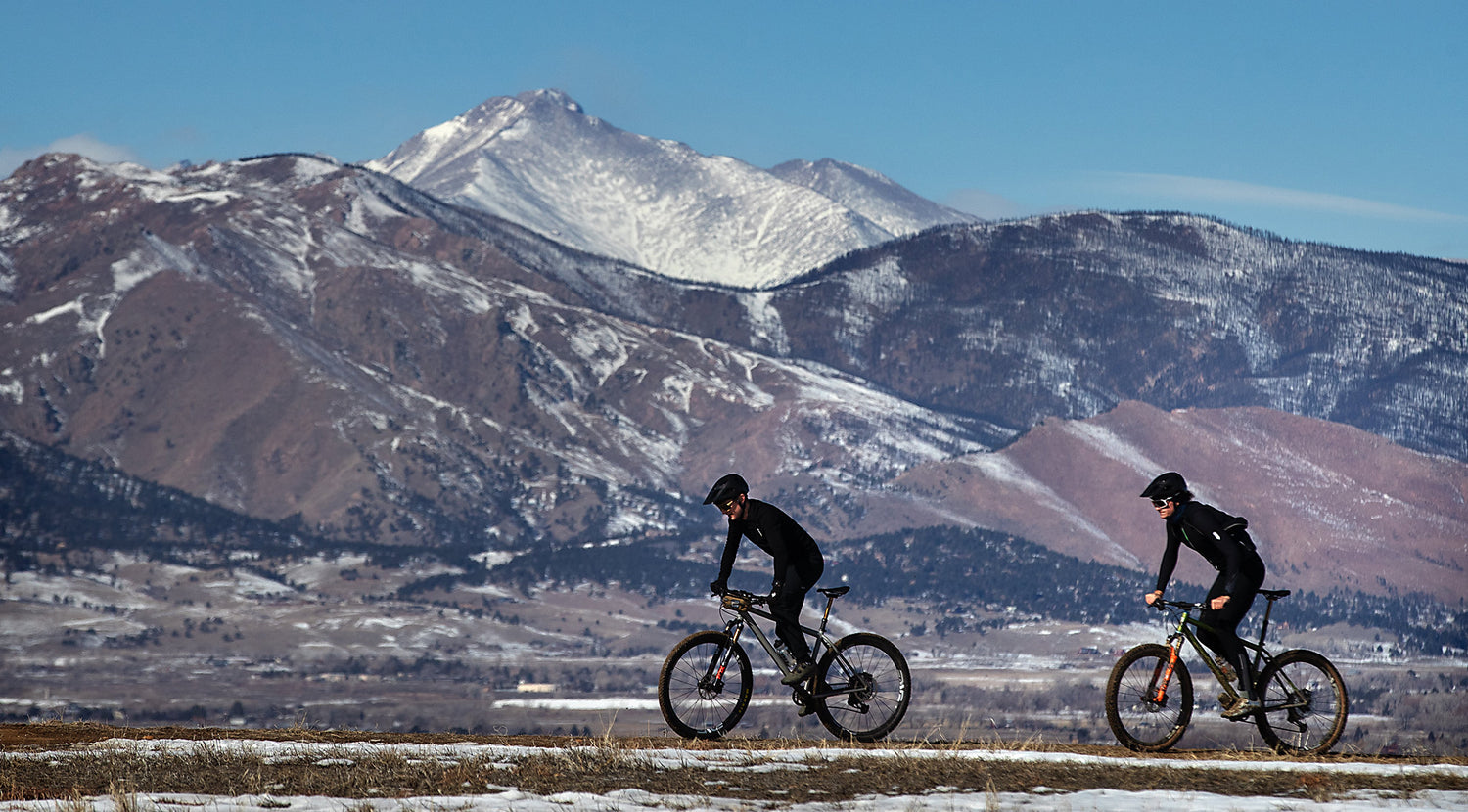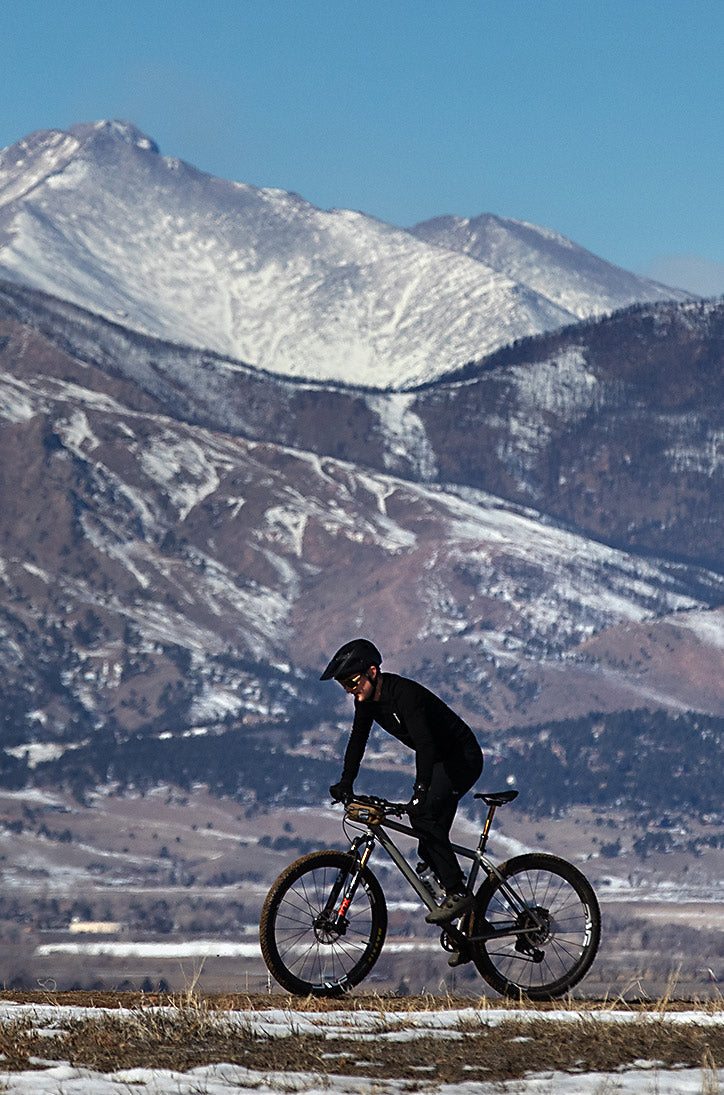Shell
- Water Based Paints
- UV Inks
- Recycled PVC
Liner
- Recycled EPS


When it comes to creating our helmets, design and testing cannot exist without the other. We learned early on that no crash is ever the same - from twisting and turning, to rotational and sideways, and those rare accidents that are indescribable. We account for impacts, big or small which is why we spend so much time in the test labs.
Yes, labs. Multiple independent labs.
Each lab has their own unique strengths which is why we use multiple labs for our research. Impact testing is dynamic, and while you can get some consistency you can also get varied results with what seems like a similar test. Checking and cross checking our results to ensure we are getting the most accurate data possible is important to understanding the dynamics of impacts.
Our crash replacement program brings back ‘real-life’ crashed helmets back to us. We study them, we dissect them, we learn from them. This allows us to compare how we did in the lab compared to what happens when someone crashes. Test labs are important, closing the loop is an important part of the process.
We strive to keep pushing the envelope with the best designs and materials and to implement useful protection into all of our helmets regardless of their intended use or price-point.
At Kali, we never stop trying to do better - for our customers, for our riders, for our employees, and for the planet.
We refuse to compromise on the quality of our materials, testing, and technology. We source the best materials regardless of their location or cost and conduct safety testing in multiple labs around the world to minimize any potential bias. Most of all, we’re constantly exploring new processes and technologies to address the dynamic range of an impact - linear, rotational, and low G.
We know the importance of innovation and evolution which is why we put much of our time and efforts into exploring new materials and production research.
The materials we select serve as the foundation of our products and we believe that the materials and production methods we use are a key element of quality and safety.
Our goal is, and will always be, to provide the best protection available to our customers
In-molding motorcycle helmets, or any full face helmet, is unique to Kali Protectives
We saw the value of fusing the EPS liner with the outer shell in bicycle helmets and saw its potential for full face motorcycle helmets. This process allows us to create a bond that needs zero glue, tape or gaps. It turns out that when you eliminate the gap between the shell and EPS liner, you can reduce the g-forces sustained to your head by as much as 30%. Our in-molding process allows the shell and foam to work together to quickly dissipate impacts. We find it to be important to the final product we are proud of.
As of now, Kali Protectives is the only company to use in-molding technology in full-face helmets.
Why is eliminating the gap important? The gap prevents efficient energy transfer to the EPS foam, increasing the risk of major head trauma.
Kali was born of a breakthrough in safety technology. In-molding is a patented process in which helmet EPS is injected directly into the shell. This process eliminates the double spike in g-forces the head experiences during a crash and decreases the likelihood of injury and permanent damage
Expanded polystyrene (EPS) foam in helmets has been the industry standard for decades. In 2007, Kali Protectives was approached by Australian physicist, Don Morgan, with a new application of EPS: cone-shaped EPS.
These EPS cones crush in a way that directs impact forces away from the rider's head, thereby decreasing forces sustained from the head. Think of it similarly to crumple zones in cars.
Kali was the first, and continues to be, the most active in using this now widespread technology.
We’ve found that using multi-directional cones introduces more safety advantages and further diverts forces. This technology combined with LDL acts as a progressive damper to absorb different levels of impact and distribute energy laterally, all while contributing to a smaller, lighter helmet.
Linear Forces
Less mass on a rider’s head means less force during impact. Simple physics.
Rotational Forces
The closer the mass is to the center of the rider’s head, the less rotational forces sustained. More complex physics.
As a result, we found we were able to lower the density of the foam and make the shell thinner, thereby making a lighter helmet and further reducing both linear and rotational forces on a rider’s head during a crash.
It’s simple: Helmets are too hard and we want softer “stuff” next to your head. Our goal is to provide helmets with lower foam densities that can still address the dynamic range of an impact.
Nano has the capability of withstanding both double digit low and high-G impacts prior to failure. Unlike EPS foam, which can survive a singular impact, this lightweight, carbon nano polymer dissipates g-forces more efficiently than EPS, allowing us to reduce the volume of the helmet without sacrificing impact protection.
While self-healing foam in helmets doesn’t exist yet, we at Kali are hoping to change that.
Our team is currently working with experts to develop a material that can recover after a crash without compromising the safety and integrity of the helmet. The foam will also dissipate impact energy more efficiently and require less volume to be effective.
Low Density Layers (LDL) consists of specially designed padding that is placed throughout the interior of the helmet. It reduces rotational impact forces up to 25%, and reduces low-g linear forces up to 30%.
According to studies, 80% of all crashes are below 106 Gs. In order to protect against those smaller impacts, Kali determined that the part of the helmet next to riders’ heads needs to be softer.
Our first iteration into LDL was in 2010 with a memory foam we called Bumper Fit. Our LDL starts working with even the slightest of impacts and helps prevent brain injuries caused by repeated minor crashes over time.
We eventually moved towards more advanced materials) and are proud to offer two types of Low Density Layers in our product line.
Like most manufacturing, helmet production adds strain to our planet and its resources. Eco-friendly processes and materials are widely available to factories, but most shy away from them simply because they cost more.
Kali Protectives is joining our factory in consciously selecting eco-friendly materials and production practices to do our part in lessening the strain our helmets have on the planet. We care about impacts of all types, shapes and sizes, even the impact on the Earth.
At our factory, BioDome practices have allowed for a reduction in CO2 emissions by 50% since 2016. We are able to increase the use of recycled and sustainable materials while also using renewable power resources to lessen the use of fossil fuels and virgin plastics.
It is important for our brand to work with partners with similar values and in our almost 15 years, we’ve established meaningful relationships with companies that are truly changing the game of helmet safety and manufacturing.
We did the homework, now we have to pass the test.
Kali Protectives tests in various labs all over the world. This is done because each lab will give different results depending on the various testing procedures and algorithms of each lab, equipment, environment, human factors, etc. We test in multiple locations to account for these variables to avoid bias.
Other manufacturers are known to have the “just make it pass” mentality and we’ve never been on board.
If a Kali helmet doesn’t pass initial testing, we don’t see that as a failure. Instead, we see that as an opportunity to adjust and improve our product. Where another manufacturer might beef up the EPS just to get a passing score. We refuse to compromise because we give a shit.
Lifetime Crash Replacement (LCR)
Our LCR program lets riders send back crashed helmets for a free replacement.
Why do we want crashed helmets?
When we are able to talk to riders about their crash and see how the helmet crushed, cracked, and generally held up, we can evaluate its performance and use what we learn to make design changes
Modifying helmets and improving safety is not a simple process - a single adjustment can create other issues - but studying how helmets respond to real world crashes allows us to work toward creating the safest possible helmet for riders.
We design with safety in mind and will be the first to admit that looking cool isn’t always our first goal. Our Kali Protectives design and development team focus on intentional designs first and foremost before being trendy.
For example, models with SuperVents might seem as though they are just a nice stylized pop of color but in reality, they serve as both a structural and cooling element.
We got lucky that it looks good, too.
We are bummed your order didn't meet your expectations. Please reach out to info@kaliprotectives.com with your order number and products you'd like to exchange or return, and we will be happy to sort that for you.
This is the promise we make to ourself.
To Engineer, design and produce the safest and most sought after helmets and protective gear in the world.
Need to chat with us?
Is there something you don’t see here?